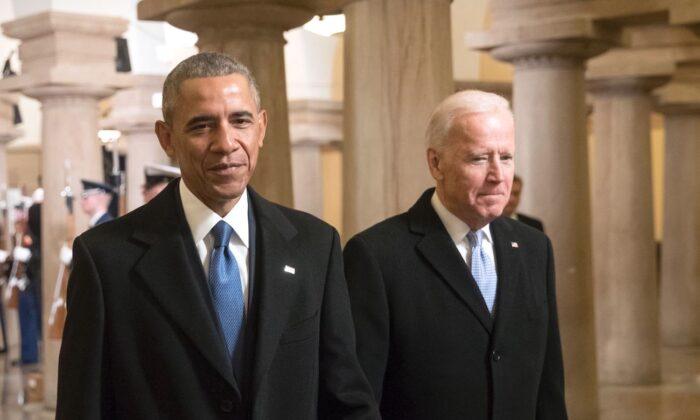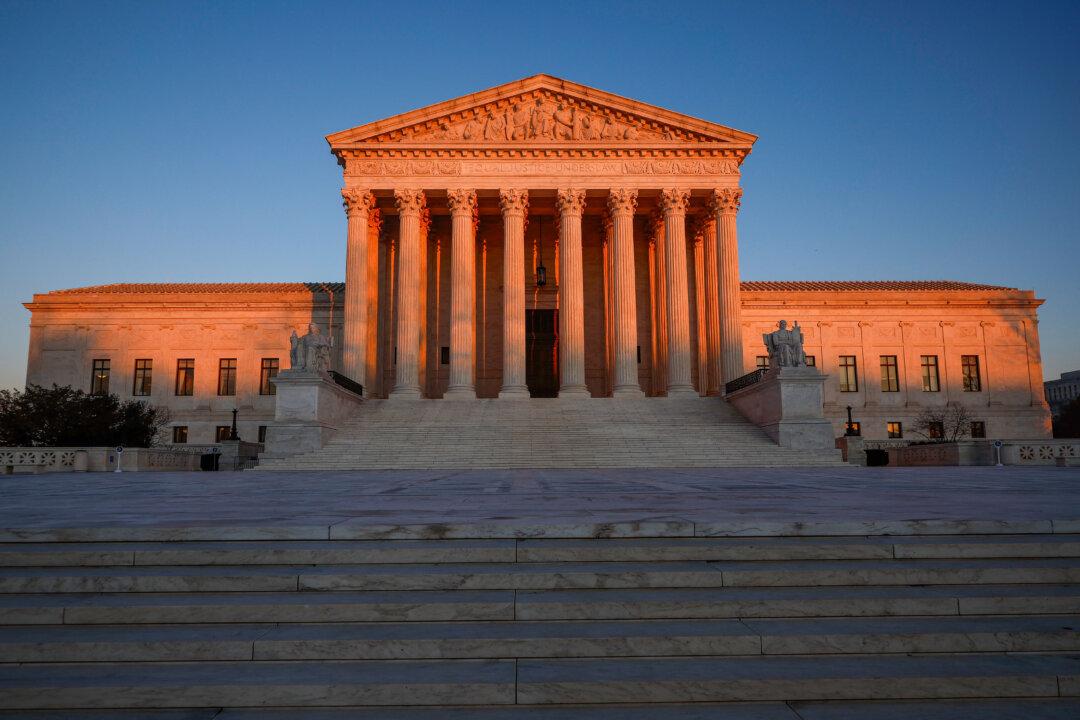The shocking and horrific Francis Scott Key Bridge collapse in Baltimore, triggered by the Singaporean-flagged cargo ship Dali striking it during the wee hours of Tuesday morning, has functioned as something of a Rorschach test. That test cuts to the heart of today’s hyper-online culture and a concomitant willingness—perhaps eagerness—to believe anything sensationalist even if there is no supporting evidence.
To be sure, the video of the bridge collapse is truly surreal. Watching it on replay in an attempt to comprehend how this could have possibly happened in the United States of America in the year 2024, I could not help but think of the old Japanese Godzilla movies and the mid-century depictions of mass urban destruction that now look so fake to moviegoers’ eyes.
Within hours, social media was buzzing with wild speculation and the promotion of innumerable “alternative” explanations for how Dali took down the Francis Scott Key Bridge. Perhaps it was a cyberattack; perhaps the ship’s captain and crew were incompetent, hired as a result of affirmative action and the “diversity” agenda; perhaps they were hostile foreign agents who infiltrated Synergy Marine Group, Dali’s owner; or perhaps the tragedy was an “inside job” intended to manufacture a crisis that President Joe Biden could then exploit in a presidential election year.
Also within hours, though, we had enough information to know what happened: Dali, which was captained by a highly trained and experienced local pilot, lost power in a tragic fluke incident. The Dali pilot actually had the foresight to issue a mayday distress signal, thus allowing local law enforcement and highway patrol to scamper to close off the bridge. Every innocent life lost is of course a tragedy, but it is still somewhat remarkable that one of the most traversed bridges in the entire “Acela Corridor” collapsed like a toy and only six people are presumed dead because of it.
Many continued to promote baseless “alternative” explanations anyway, inconvenient facts notwithstanding. In fairness, we live in an age when many explanations initially dismissed by elites as “conspiracy theories” end up being true. The Wuhan lab-leak origins of the COVID-19 virus and the authenticity of Hunter Biden’s infamous laptop both come to mind as but two recent examples.
But in both those cases, there was no reason to dismiss the underlying claims out of hand absent an ideological reason for doing so: politically driven fear of enraging China or somehow fomenting anti-Asian racism in the first case, and a transparent political desire for Joe Biden to defeat Donald Trump in the latter case.
In today’s age of social media, when the perverse incentive is for clout-chasing commentators and “influencers” to say the most outlandish thing imaginable to get attention, innocent users are regularly misled. This is not a victim-free phenomenon—when deliberate misleading prolongs, minds are turned to mush. Critical thinking, basic analytical skills, and objective assessment of empirical data are all discarded. It can be fun or “edgy” to promote or believe a facially absurd thing, either to be a contrarian or just for the lolz.
The solution is to limit your exposure to social media and do a better job of getting offline and touching grass. Get away from your computer and smartphone and ground yourself with family, friends, hobbies, and in-person activities. Just this week in South Florida, where I live, my wife and I attended the Miami Open professional tennis tournament and opening day for the Miami Marlins. Both events were great fun. But even something as simple as putting down the phone to go outside and breathe some fresh air will almost always be a good idea. It’s certainly helpful for avoiding the pitfalls of hyper-online culture, to say nothing of maintaining general mental sanity.
Maybe after you finish reading this column, you can give it a shot yourself.







